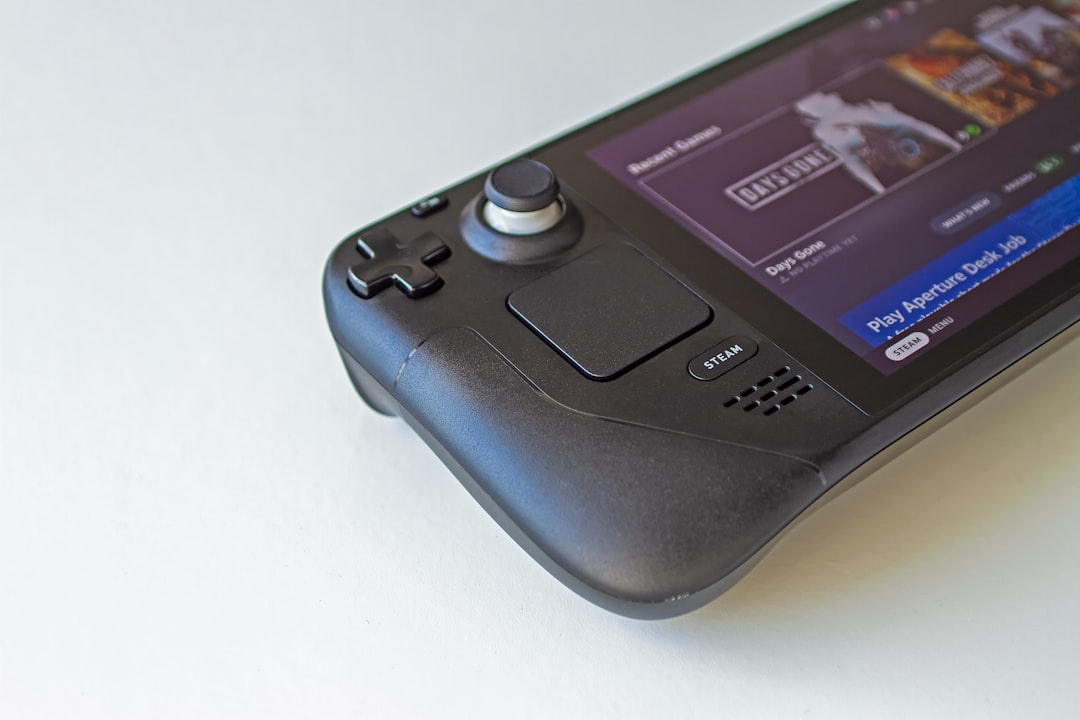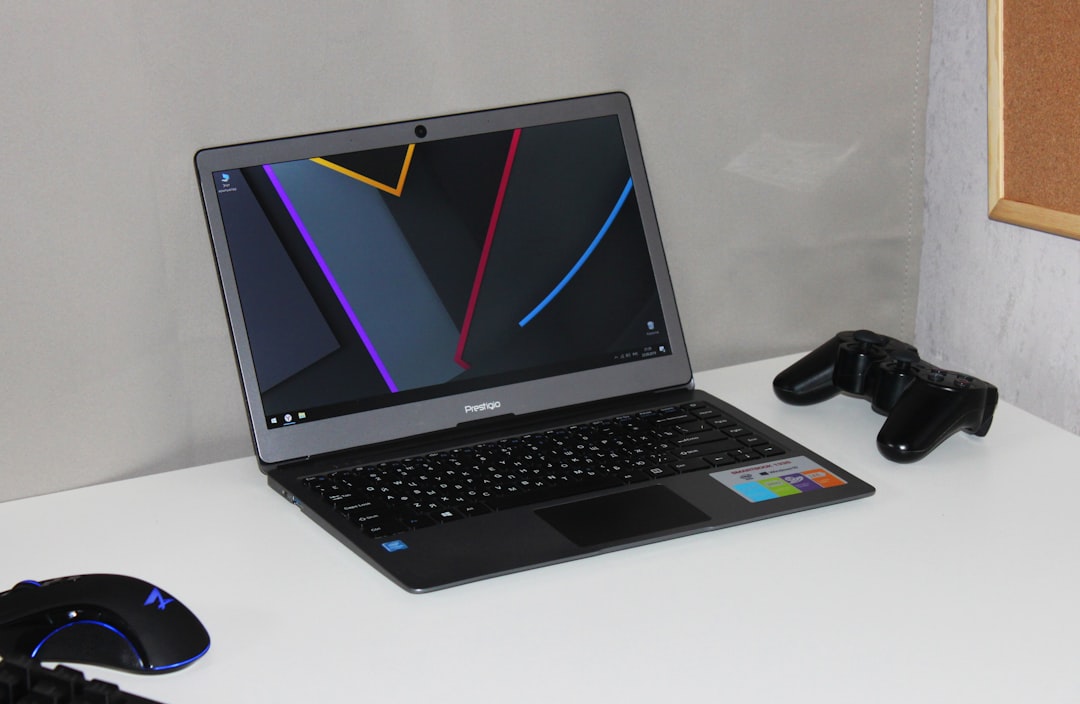The AMD Radeon HD 8000M series marked a notable point in mobile graphics card development during the early 2010s. Introduced in early 2013, this GPU lineup was aimed squarely at the notebook market, intending to bring a balance of power efficiency and graphical performance. Building upon the GCN (Graphics Core Next) architecture, these GPUs rode the wave of AMD’s continuous improvements in gaming and computing graphics.
In the fast-evolving world of technology, the Radeon HD 8000M series now serves as a nostalgic snapshot of the mobile computing capabilities of its era. While no longer considered a competitive choice for modern gaming or graphics-intensive tasks, its role in shaping AMD’s future platform improvements remains important. Today, enthusiasts and tech historians often revisit these specs for a throwback into the roots of AMD’s mobile innovation.
The Technology Behind the Radeon HD 8000M
At the heart of the Radeon HD 8000M GPUs was the GCN 1.0 and 2.0 architecture. These designs offered improved instructions per clock compared to older VLIW architectures, enhancing parallel processing and ultimately delivering better performance for applications optimized for GCN. The series also incorporated hardware support for DirectX 11.1 and OpenCL 1.2, making it a solid performer for its time.
Notably, the series supported AMD’s Enduro Technology, enabling seamless switching between integrated and discrete graphics. This allowed notebooks to save power when performing low-demand tasks and ramp up performance during gaming or other GPU-heavy applications.

Model Variants
The HD 8000M series included multiple SKUs, segmented primarily by performance tiers. These are the most popular models from the series:
- Radeon HD 8570M – Entry-level, designed for light gaming and multimedia tasks. Typically came with 384 shader cores and used DDR3 memory.
- Radeon HD 8670M – A more balanced solution, offering 384 shader units as well, but higher clocks and GDDR5 memory options enhanced its capabilities.
- Radeon HD 8750M – The mid-range champion with 384 or 640 shader cores, depending on the variant, and often paired with 2GB memory.
- Radeon HD 8790M – One of the higher-end models before crossing into Radeon R series territory. Featured 384 shaders, 128-bit memory interface, and fast GDDR5 RAM.
Although at first glance, some chips may appear similar to the Radeon HD 7000M series, several 8000M chips were actually rebrands with slight enhancements in clock speed or power efficiency. Nonetheless, AMD ensured these GPUs remained relevant through frequent driver updates and optimization improvements via their catalyst software suite.
Performance in Context
When released, the 8000M series performed admirably within entry-level to mid-range gaming setups. Titles like BioShock Infinite, Skyrim, and Tomb Raider (2013) ran at playable frame rates in 720p and medium settings on HD 8570M and HD 8670M chips. The HD 8750M and HD 8790M managed higher resolutions and quality settings, though still short of ultra-quality levels seen on desktop-class GPUs of the same era.
The introduction of GDDR5 memory in certain models was pivotal, providing higher bandwidth compared to DDR3 configurations. This translated directly into better frame rates and smoother gameplay, especially for demanding applications. Thermal management was another pivotal area of performance. The mobility emphasis of 8000M GPUs meant they were designed with heat and power in mind, rarely exceeding power envelopes above 35-40 watts.

Driver Support and Legacy
One strong point of the Radeon HD 8000M series was its reasonably long lifespan in terms of software support. AMD kept these cards updated through their Catalyst and eventually Crimson driver packages for several years post-launch, expanding compatibility and maintaining security. Although support was eventually dropped in later software suites, owners of laptops featuring HD 8000M GPUs benefited from consistent performance improvements during a crucial time for PC gaming on laptops.
Drivers also supported AMD technologies such as ZeroCore for reducing idle GPU power consumption and PowerPlay, which adjusted clock speeds dynamically for better thermal efficiency. These features signaled AMD’s intent to create GPU options that were smarter, not just faster.
Criticism and Shortcomings
One of the chief criticisms of the 8000M series is the confusion caused by its naming conventions and rebranding. Many potential buyers expected a more significant architectural advancement over the 7000M series, only to find comparable or nearly identical performance. This created skepticism, especially among tech-savvy users.
Another limitation was VRAM capacity and bus width. Even in 2013, many models maxed out at 1GB to 2GB of VRAM, restricting future-proofing. The narrower 64-bit and 128-bit memory buses further created performance bottlenecks, especially in newer titles requiring higher texture loading speeds and additional bandwidth.
Nevertheless, for mainstream users looking for multimedia and modest gaming capabilities in a laptop, HD 8000M cards delivered solid value.
Impact and Conclusion
Though overshadowed by subsequent releases and modern graphics innovations, the AMD Radeon HD 8000M series holds nostalgic value for those who experienced portable gaming during its heyday. It bridged the gap between AMD’s early attempts at unified shader model GPUs and what would later become Polaris and Vega architectures.
Its emphasis on features like power efficiency, support for modern APIs of its time, and balanced performance shaped the expectations from mobile GPUs going forward. While not revolutionary by today’s standards, it represents a critical evolutionary step for AMD in the mobile GPU battleground.

Frequently Asked Questions (FAQ)
-
Q: Was the Radeon HD 8000M good for gaming?
A: It was suitable for light to moderate gaming. Most models handled 720p gaming quite well, though newer games required sacrifices in resolution and quality. -
Q: What was the architecture used in HD 8000M GPUs?
A: The GPUs used the Graphics Core Next (GCN) architecture, with some models utilizing GCN 1.0 and others GCN 2.0. -
Q: Is the HD 8000M still supported by AMD?
A: No. AMD has ended official driver updates for the 8000M series, and modern support is extremely limited or nonexistent. -
Q: Can I run modern games on an HD 8000M GPU?
A: Most modern titles will struggle to run effectively on HD 8000M GPUs unless graphics settings are set to the lowest and resolution is minimized. -
Q: Was the HD 8000M series a rebrand of the 7000M series?
A: Yes, many of the 8000M GPUs were rebranded 7000M chips with slight improvements in clock speed and efficiency.


